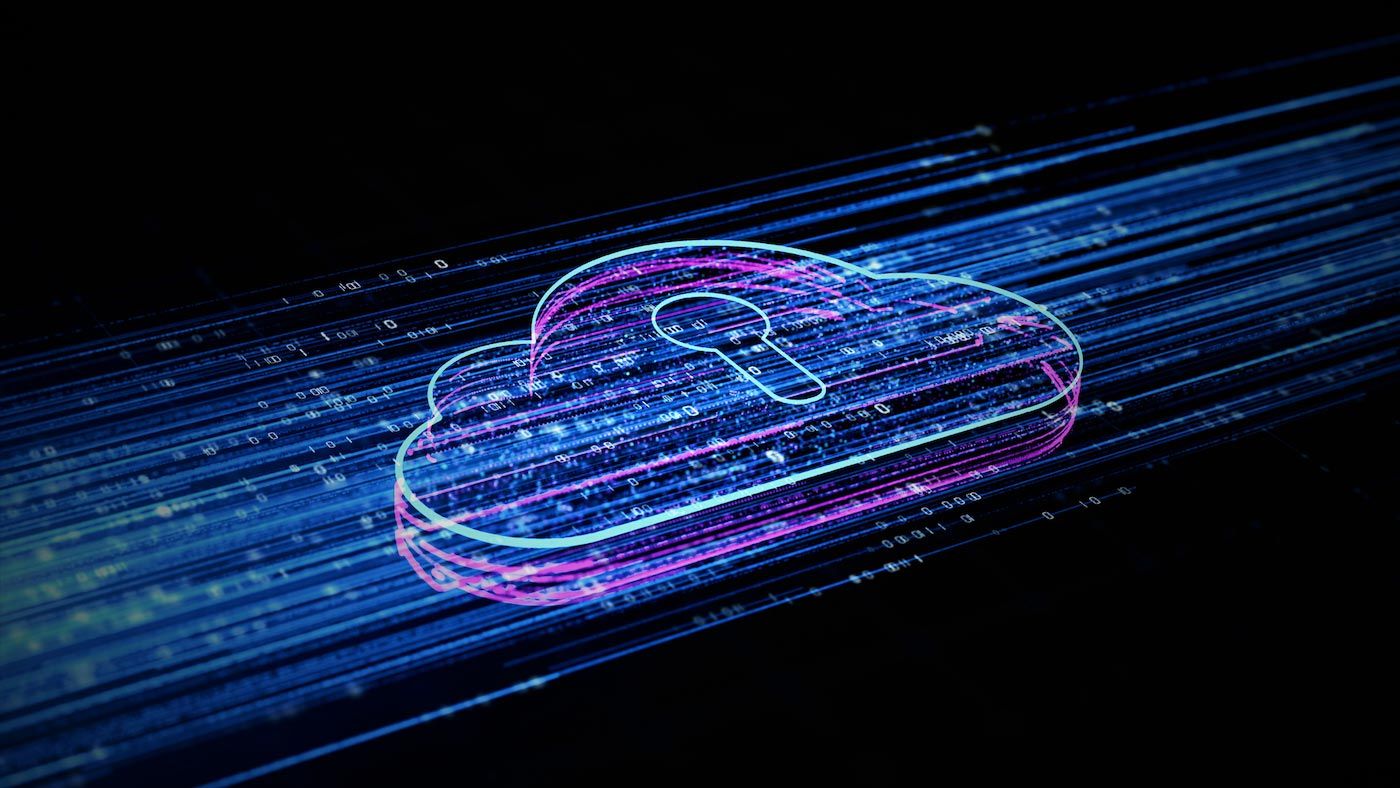Post Syndicated from Shelby Matthews original https://blog.rapid7.com/2021/11/19/make-room-for-cloud-security-in-your-2022-budget/

Are you thinking about cloud security when making your 2022 budget? You should be. Cloud is the key to innovation and business transformation. It can make life so much easier. The cloud enables companies to expand their products or services, rapidly develop new products, and reach new customers. In fact, 70% of companies that have moved to the cloud plan on increasing their budgets in the future.
But the cloud can also bring unwanted problems. Hackers have figured out new creative ways to get to your data, human error causes misconfigurations, and security is often implemented too far down the workflow.
Cloud security is growing
In the recent years, there has been a growing reliance on cloud-based services as more companies have adopted the cloud. According to Rapid7 survey data, 4 out of 5 organizations say cloud adoption was necessary to keep their business competitive. The global cloud security market is estimated to reach $34.8 billion at the end of 2021 and expected to grow 14.2% over the next 5 years.
So, why are companies adopting the cloud?
- It saves you money. According to TechnologyAdvice, companies can save an average of 15% on technology costs by moving to the cloud.
- You can work on the go. This is a big one, especially during the pandemic. Employees switched to remote work and the cloud enabled a smooth transition.
- The cloud adapts to what you want. Want more storage? The cloud can do it. Want to switch to a private network? The cloud can do it.
You don’t want to be featured in the news
Our Rapid7 researchers found 121 publicly reported cloud misconfigurations that resulted in data being exposed. Looking at 2021, we are seeing the same patterns of misconfigured buckets that are exposed online. The median number of files being exposed in a breach was 10 million last year. Those files range from small things like names or ages to more serious data like social security numbers and addresses.
2021 has already seen a couple of mega breaches, one exposing over 12 billion records and another two that exposed over a billion. Polecat, a UK reputation firm, exposed over 12 billion records in March after leaving an Elasticsearch server open with no protection. Cybercrimes and attacks have become more sophisticated and security has been slow to adapt. There is a simple solution to keep this from happening to your company: investing in cloud security. Most misconfigurations are the result of human error, and having cloud security tools in place will help mitigate the risk.
What can cloud security look like for you?
So how can you keep your data safe in the cloud? In 2022 and beyond, effective cloud security relies on three core concepts.
- Shift left: Prevent problems before they even happen by implementing security earlier in your workflows. Having a consistent set of security checkpoints early in your pipeline will stop misconfigurations and policy violations before they deploy.
- Reduce noise: It’s easy for security professionals to get lost in the noise from constant notifications about tickets being opened and closed or constant alerts that don’t need their attention. Reducing noise means having full visibility into cloud environments.
- Automation and remediation: Automation is the key to achieving cloud security at the speed of scale. Having automated security resources prevents human error and catches misconfigurations before they are even noticed. InsightCloudSec provides automation tools such as bots that are customizable to fit your needs.
Cloud is the future of technology, and no one wants to be left behind. Invest in cloud security now to ensure that you aren’t featured in our next misconfigurations report. You don’t have to choose between innovation and security anymore.


